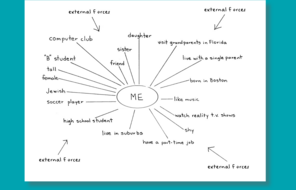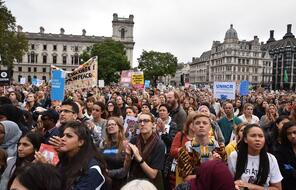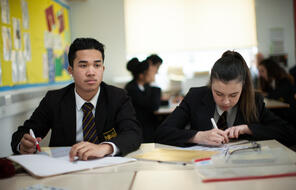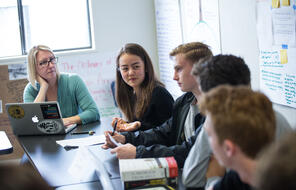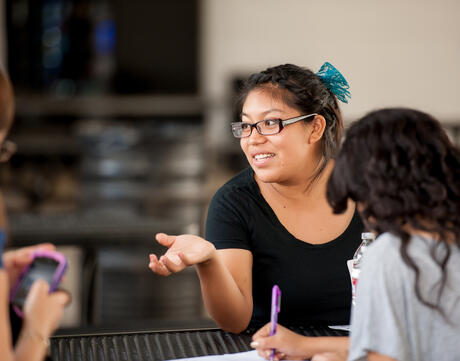
Who Am I?
At a Glance
Language
English — USSubject
- Civics & Citizenship
Grade
6Duration
One 50-min class period- Democracy & Civic Engagement
Overview
About This Lesson
This lesson is part of the unit Identity & Community: An Introduction to 6th Grade Social Studies
“Who am I?” is a question we all ask at some time in our lives. It is an especially critical question for adolescents. As we search for answers we begin to define ourselves. How is our identity formed? To what extent are we defined by our talents and interests? by our membership in a particular ethnic group? by our social and economic class? by our religion by the nation in which we live? How do we label ourselves and how are we labeled by others? How are our identities influenced by how we think others see us? How do our identities inform our values, ideas, and actions? In what ways might we assume different identities in different contexts? How do we manage multiple identities? Answers to these questions help us understand history, ourselves, and each other.
As students study world history, they will explore how individuals and groups over time and across continents have answered questions about identity. They will learn that many of the same factors that influence their identities—factors such as religion, gender, and geography—also shaped the identities of the ancient Greeks, the Mayans, and the Chinese. Thus, this lesson establishes an important social studies theme that will resonate throughout the year.
At the same time, beginning the year by having students examine and share their own identities is a way to build relationships in your class. When sixth grade students begin a new school year, often with unfamiliar classmates and teachers, it is particularly important for them to have the opportunity to get to know their new community and to become known by others. The activities suggested in this lesson begin this process of relationship building.
Preparing to Teach
A Note to Teachers
Before you teach this lesson, please review the following guidance to tailor this lesson to your students’ contexts and needs.
Lesson Plans
Activities
Homework
Unlimited Access to Learning. More Added Every Month.
Facing History & Ourselves is designed for educators who want to help students explore identity, think critically, grow emotionally, act ethically, and participate in civic life. It’s hard work, so we’ve developed some go-to professional learning opportunities to help you along the way.
Exploring ELA Text Selection with Julia Torres
On-Demand

Working for Justice, Equity and Civic Agency in Our Schools: A Conversation with Clint Smith
On-Demand

Centering Student Voices to Build Community and Agency
On-Demand


